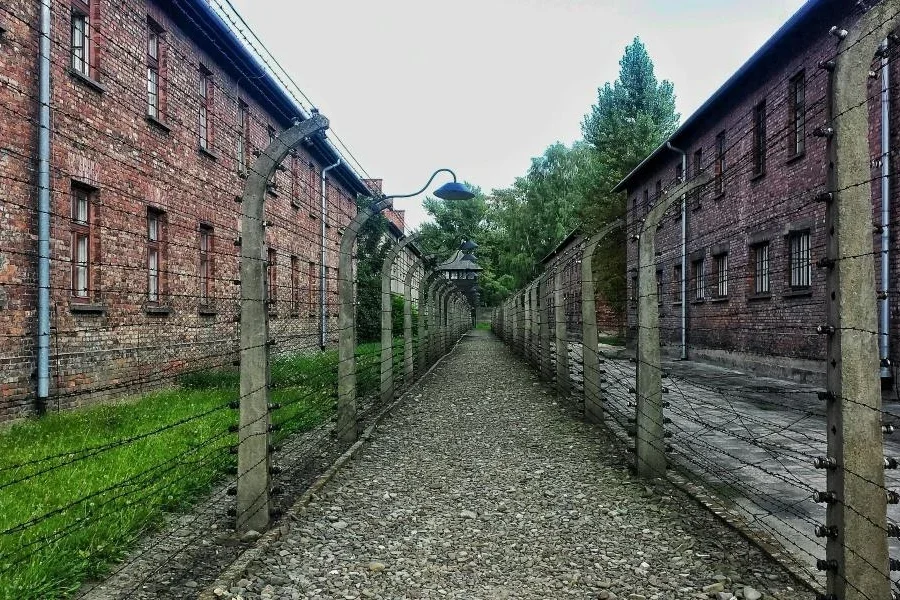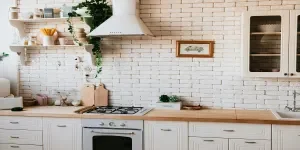Fence posts are the cornerstones of every fence. They provide foundation and support for the fence structure, ensuring its durability and stability. Choosing the right fence posts is imperative for everyone who wishes to have a fence, whether for their home, industry, or business. Whether installing a fence for security, privacy, or decorative purposes, having the right posts is crucial.
As people continue installing fences on their properties, small businesses and retailers should take advantage and have a wide variety of fence posts to attract more customers.
In this article, we will look at the fence post market, what customers should consider when buying fence posts, and the different types and materials available to help guide informed purchasing decisions.
Table of Contents
Market overview
Types of fence posts
Fence post materials
Wood fence posts
Metal fence posts
Concrete fence posts
Vinyl fence posts
Composite fence posts
Factors to consider when choosing fence posts
Summing up
Market overview

According to Research and Markets, the global fencing market has grown significantly in recent years. It was valued at USD 33.46 billion in 2025 and is expected to grow to USD 42.27 billion by 2029, with a compound annual growth rate (CAGR) of 6.0%.
This significant growth can be attributed to urbanization and the growing need for residential and non-residential structures. As more people build properties, they need fences to protect them.
On the other hand, government infrastructure development has also increased the demand for fence posts and fencing materials. As governments build infrastructure, they invest in fences around critical facilities like parks, military zones, and roads, which increases the demand for high-security fencing solutions.
Types of fence posts

There are different types of posts for fences. You should educate your customers on the types so they know which posts they need for a project. They include:
- Corner posts: Corner posts are placed at the corners of the fence and are designed to bear extra tension from fencing materials that change direction. Corner posts are usually larger and stronger than other fence posts and are placed at a 90-degree angle. They have the most flexibility in fence installation.
- End posts: As the name suggests, they are at the end of the fence and have holes only on one side. The fence extends from the side with the holes. End posts provide structural support and hold the fencing materials in place.
- Line posts: They are used to connect the fence’s straight sections. Line posts are installed at regular intervals between end posts and corner posts, usually 10 feet apart. However, spacing may depend on the fencing materials.
- Gate posts: As the name suggests, they hold up the gate. Depending on their needs, one can use it as an end, corner, or line post. They support the gate’s weight and movement and are typically thicker and more reinforced than other posts. Gate posts also need deep installation to help withstand the constant use and stress of opening the gate.
Fence post materials

Deciding on fence posts takes a lot of consideration, including curb appeal, installation time, and the effort needed to install them. Small businesses and retail stores should stock all types of fence posts in different materials to cater to their clients and meet their needs and preferences.
Some of the fence post materials available include:
Wood fence posts
Wood fence posts are the most common type of garden fencing. Their natural and rustic appearance appeals to most customers. Customers can also paint them to match their garden decor.
Cedar and redwood are the most popular wood fence posts because they resist rot and insects. Pressure-treated pine is another option for customers. It is affordable and treated to withstand harsh elements.
Wood fence posts are ideal for most customers because they are affordable, but they need regular maintenance, such as staining and sealing, to keep them looking good.
Metal fence posts
Metal fence posts are ideal for people looking for extra security and they go well with metal fencing. They can also be used to reinforce wood fencing. They are usually made of steel or aluminum and are highly durable and low-maintenance.
Metal fence posts may have an initial upfront cost, but they eventually pay for themselves due to their durability. In extreme wet conditions, some metal fences can rust, reducing their lifespan. However, having galvanized metal fence posts will reduce the risk of rusting over time.
Concrete fence posts
Concrete fence posts have become a favorite in recent years. They are an excellent investment because they are low-maintenance, strong, and durable. Concrete fence posts can withstand harsh weather conditions and are not susceptible to rot and insect damage like wooden posts.
However, they are heavy, more difficult to install than other fence posts, and more expensive.
Vinyl fence posts
Vinyl fence posts are ideal for customers who want a modern and sleek look. They are made of durable plastic, which makes them resistant to rot, insects, and weather damage. This resistance makes them ideal for humid and wet conditions.
Vinyl fence posts are low-maintenance, and unlike wood posts, they don’t require staining or polishing to stay in good condition. They also come in different colors and styles, and customers can choose their desired posts based on their tastes and preferences.
Composite fence posts
Composite fencing posts are made of recycled plastics and wood fibers. They are a contemporary alternative to traditional fencing materials. Composite fencing posts are made of 60% recycled hardwood fibers and 40% recycled plastics, combining the best of both wood and vinyl posts.
Composite fence posts are strong, durable, and environmentally friendly. They are also low-maintenance and available in different colors to suit your customers’ tastes and preferences.
Factors to consider when choosing fence posts

There are several factors your customers need to consider before buying fence posts. Some of the factors include:
- Materials: The fence post material matters when choosing fencing posts because it determines its longevity, strength, and resistance. Customers should choose a material that aligns with their needs.
- Budget: The prices of fencing posts depend on many factors, from the material to the location. Customers should get fencing posts within their budget. As a retailer, you should have all types of fencing materials, considering the different customers’ budgets and purchasing power.
- Climate conditions: Customers should consider the climate conditions of their areas before buying fencing posts. They should consider resistant posts like concrete or vinyl if they are in humid and wet areas.
- Maintenance requirement: Customers should consider how much maintenance fence materials need before settling on a particular material.
- Durability: A fence is a long-term commitment; one must choose fencing posts that will hold their fencing materials for a long time without frequent repairs and replacements.
Summing up
Fence posts are essential in every property for security and aesthetic purposes. Choosing the right fence posts will ensure a durable and strong fence. With more people constructing structures, small businesses should take advantage of this construction demand and stock fence posts.
As a small business and retailer, you should equip yourself with the necessary knowledge about fence posts and fencing materials to educate your customers on the right materials to choose depending on their needs, tastes, and preferences. Have a wide selection of fence posts for your customers to choose from and stock other fencing materials and accessories to attract more customers and increase your revenue.



